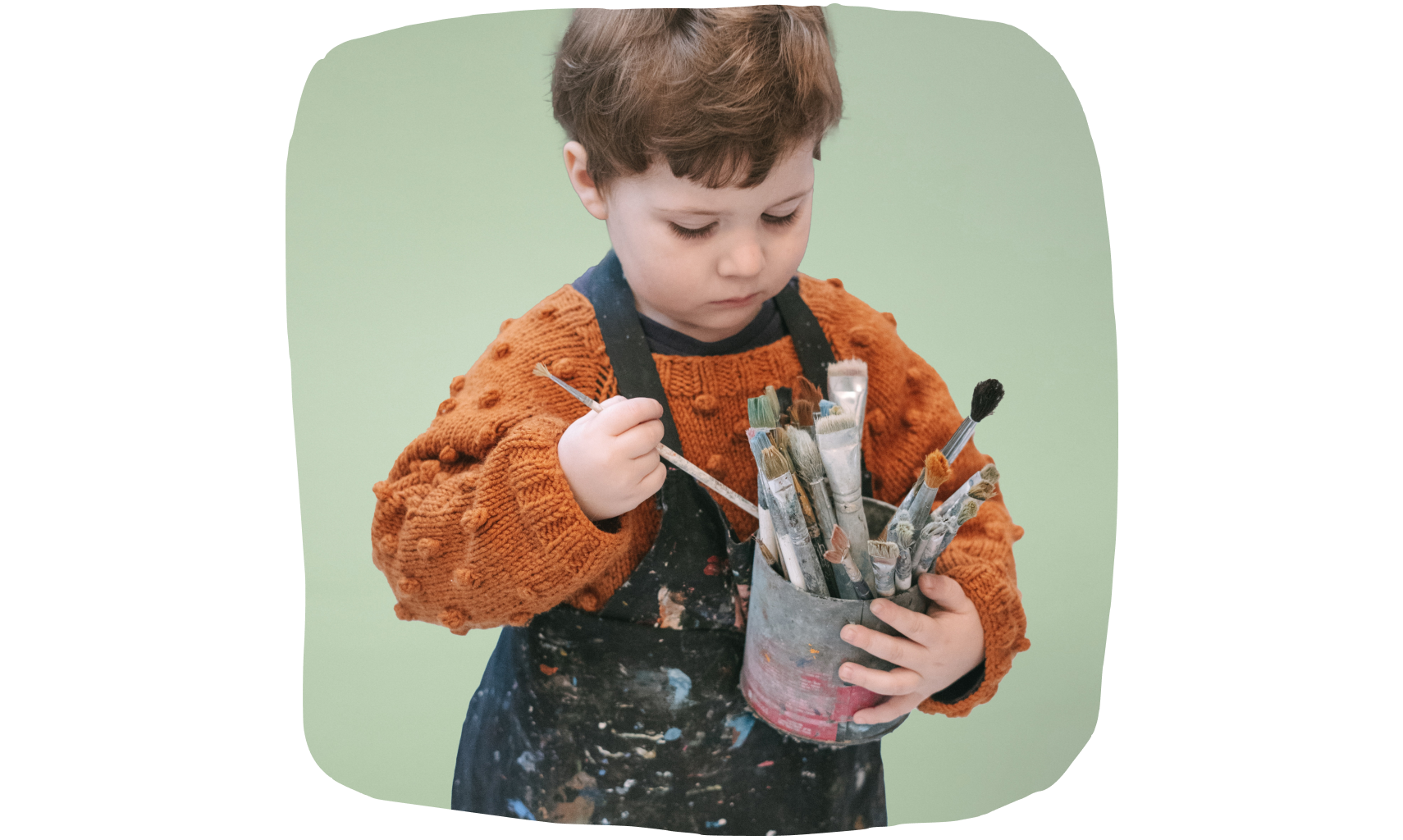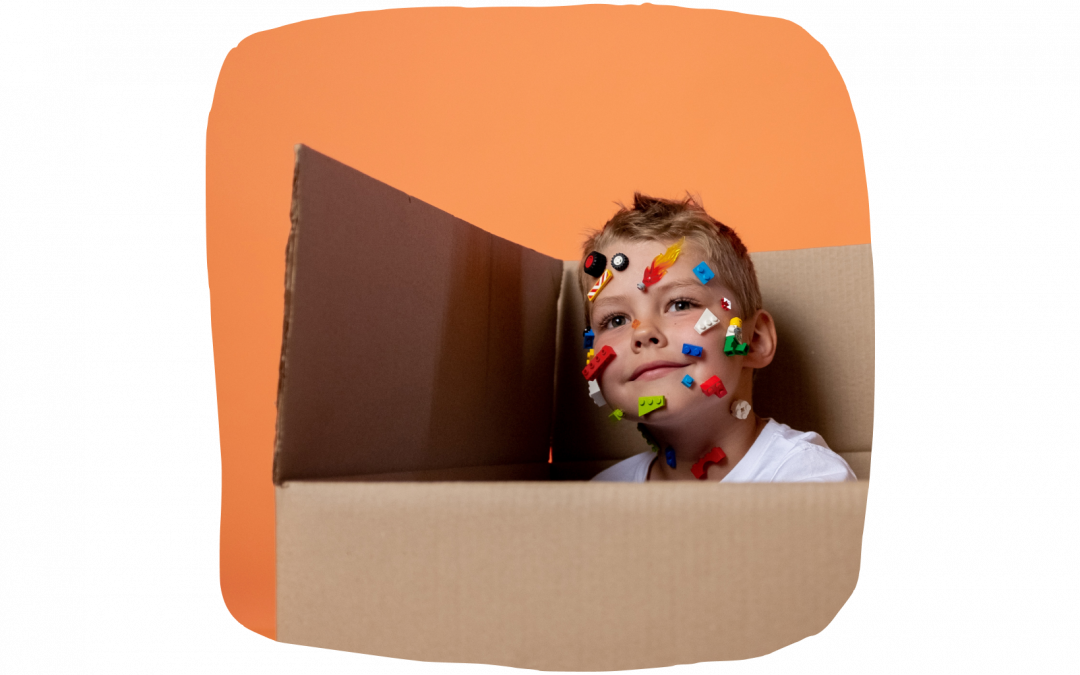The world needs problem solvers, dreamers, and change-makers. And kids that grow up to be confident and creative adults often have parents who encourage them to think outside the box early in life. When we empower our children to discover their own solutions to problems, we’re also giving them the tools they need to succeed at school and in the future workplace. So here are a few things you should do if you want your child to think creatively and become a lifelong learner and curious person.
Inspire kids to think about “what if” scenarios
Ask questions that start with “what if.” This is an awesome way of encouraging children to use their imaginations, because it gets them thinking about what might happen if something were different. For example,
- “What if there was a holiday every day?”
- “What if we lived on Mars? Would there be houses and schools there? What would they look like? How would we get there?”
- “What if you could fly?”
- “What if you could become invisible?”
Questions like these will open up their imagination and they will start thinking about things they would not think about otherwise. But it doesn’t stop there. When children realise that the world is not just black and white but full of colours and possibilities, they become happier people who are able to express themselves freely without worrying about what other people think about them.
Try to see the problem as a challenge
One of the best ways to inspire a child to think creatively is to try to see the problem as a challenge. This can be done by asking yourself questions like, “What can I do about this?” or “How can I make the best of this situation?”
When looking at problems from different perspectives, it’s also important not to focus too much on the negative aspects of situations. Instead, focus on what you have learned and how you are stronger because of them; these things will help build confidence in your child and show them that no matter what happens in life there will always be something positive about it!
Encourage your child to pursue their interests
There’s a big difference between encouraging creativity and forcing it on them. Encourage your children to be independent, set goals for themselves, and allow them the freedom to fail. By allowing kids the freedom of choice and letting them experience both success and failure, you are giving them an opportunity for self-reflection and critical thinking skills that will ultimately help them become more creative thinkers.
Ask open-ended questions
To foster creative thinking, ask open-ended questions. Open-ended questions require more than a yes or no answer and can lead to a deeper conversation.
Ask questions that require your child to explain their thinking: “How did you come up with that idea?” Ask questions that require your child to explain their reasoning: “Why do you think it happened like that?” Ask questions that require your child to analyze and evaluate their own ideas: “If this happened, what would happen next?” And ask questions that require connections between things related but separate in space or time: “How does this relate to something else we’ve discussed?”
Spend time outside
It’s no secret that spending time outside can be beneficial for everyone—but it can also help kids think creatively. Children are allowed to have their imaginations roam free when they’re outdoors, so let them explore the world around them and see what they find! If a child notices something interesting on a walk in the park or along a hiking trail, encourage them to investigate further: What kind of animal could this be? Where did it come from? Does it live here year-round or visit only during warmer months? This is how curiosity develops into learning about new things in our world—and it helps develop creative thinking skills as well.
Children need fresh air and nature in their lives just like everyone else does! There are many ways to introduce these enriching experiences into your daily routine: walking around town after school; visiting local parks on weekends; going camping during summer vacations (or even just sleeping outside under the stars). These simple activities provide opportunities for children to observe nature up close while also getting exercise at the same time.”
Encourage free time and creative play
Allow your child the time and space to explore, to be curious, and play. Children need time to be themselves without adult supervision or direction; this is when they begin developing creative thinking.
Be sure that there are no rules about what children may or may not do in their free time. Respect the fact that your child’s ideas aren’t necessarily the same as yours—it doesn’t matter if those ideas are “wrong” or “right”; it only matters that they’re original!
Importance of failure
Inspire your kids to learn to take creative risks because failure is a natural part of the process. You’re not going to get everything right the first time, and even if you do, you’ll never improve as an artist or entrepreneur unless you’re willing to try new things and be willing to fail along the way. This means learning how to handle rejection, being open-minded about criticism, and understanding that sometimes it just takes practice before something clicks.
To encourage your child’s comfort with failure, be their biggest fan when they succeed—and their most compassionate critic when they don’t. Often kids will worry more about disappointing us than they do about failing themselves. If this is true in your family, then let them know that no matter what happens with their art project or entrepreneurial efforts (or whatever else), we will always support them! That way even if something doesn’t work out quite right on paper or in real life, there are still three positive things happening here: 1) We cheer loudly for all their hard work! 2) We tell them how proud we are of their creativity and resourcefulness… even though some parts may not have worked out exactly as planned! 3) Then we talk through what went wrong so that next time around there won’t be any surprises; instead, everyone involved knows precisely what needs fixing beforehand so no one gets hurt feelings later on.
Read together
Reading to your child is an opportunity to share something you love with them. It’s also a way to develop their language skills and teach them how stories work. This is especially valuable if your child has dyslexia or other learning disabilities, but even if they don’t, reading together is one of the best ways to help them become better readers.
The time you spend reading with your kids can be just as important as the story itself—so make sure it’s enjoyable for both of you! If they’re not interested in sitting still and listening, consider changing up the format. Try reading aloud while walking around the house or yard together; hiding behind furniture for dramatic readings; or reading at night before bedtime or during nap time so that everyone can relax together and enjoy each other’s company without distractions like homework or toys scattered on the floor.
We hope these strategies can help you inspire your children to think creatively. It’s always good to remember that every child is unique and may respond to different methods—so be sure to try out a few ideas until you find one that works best for your kids!







0 Comments